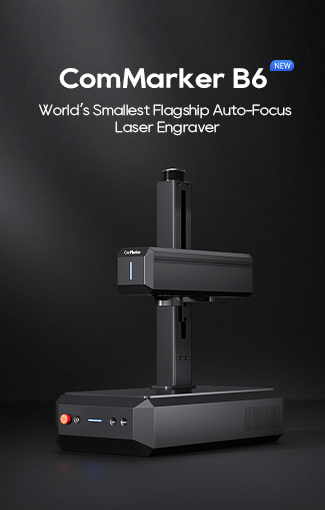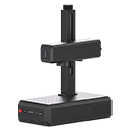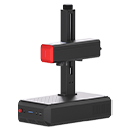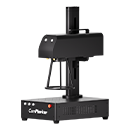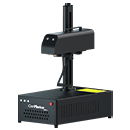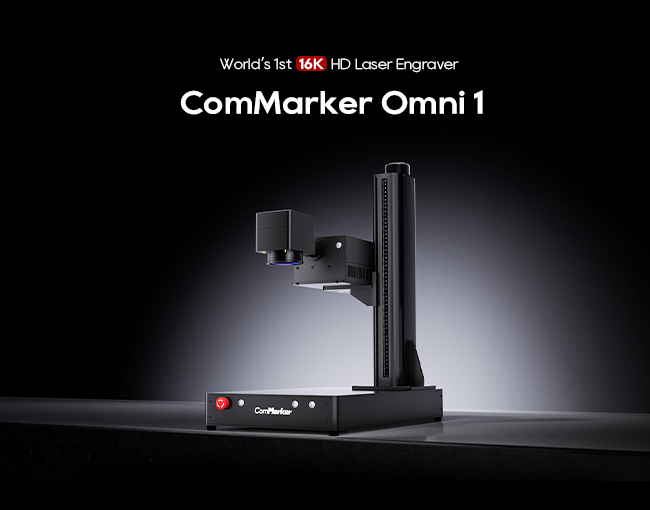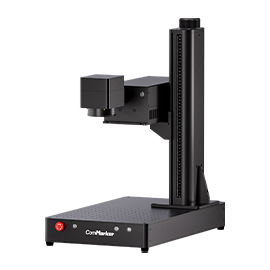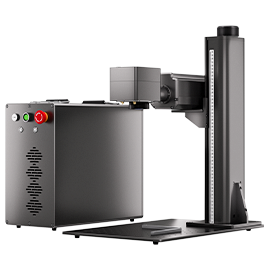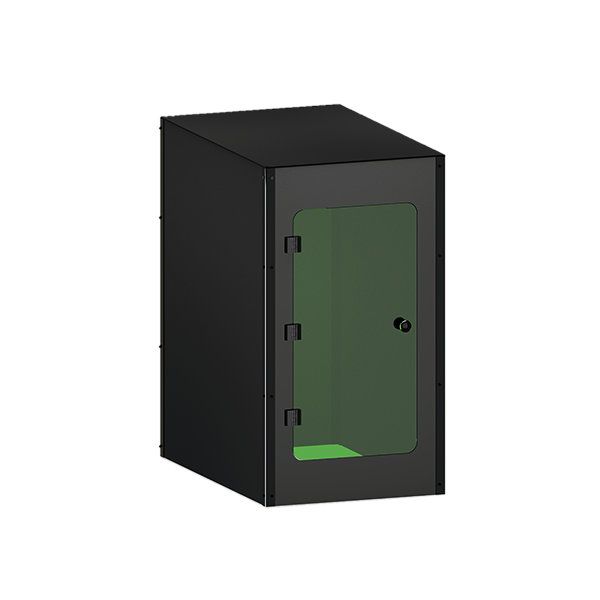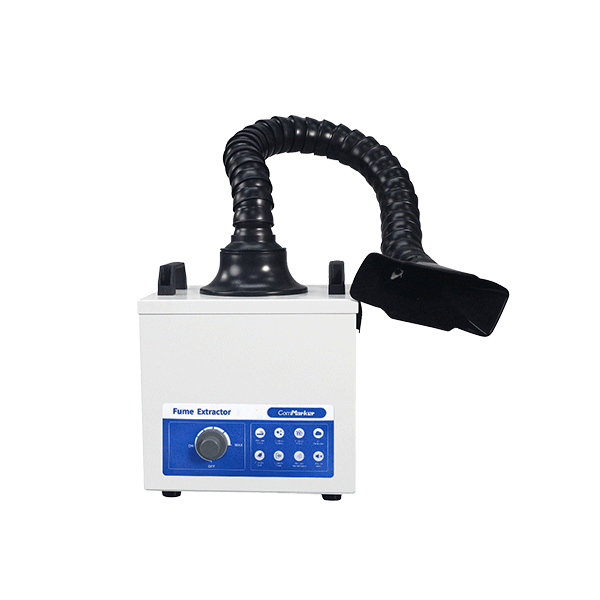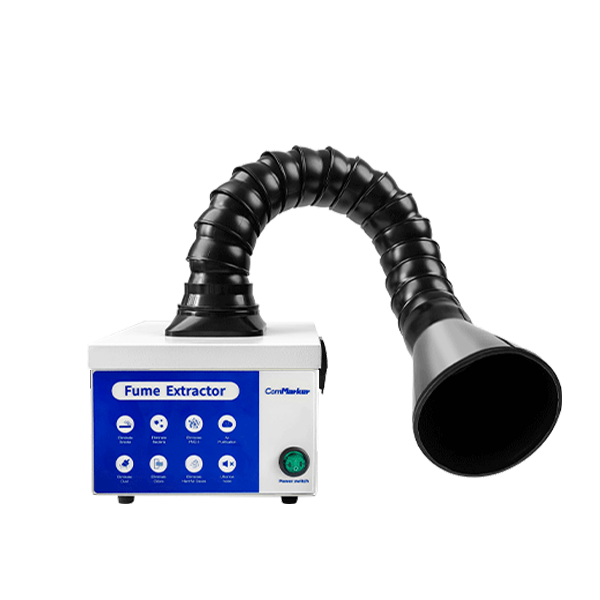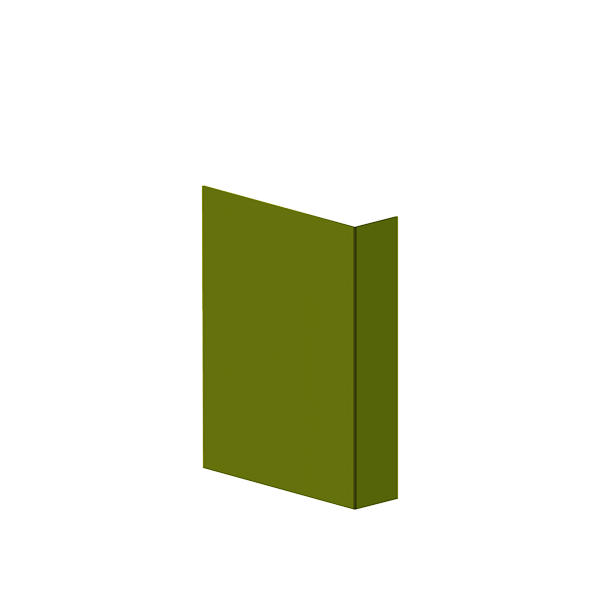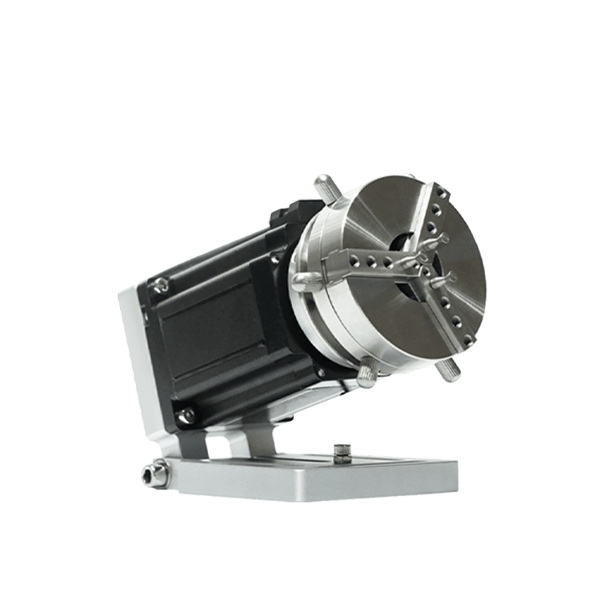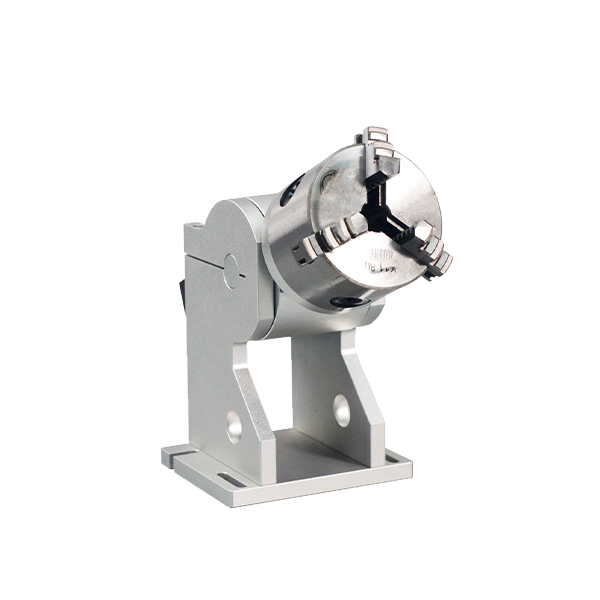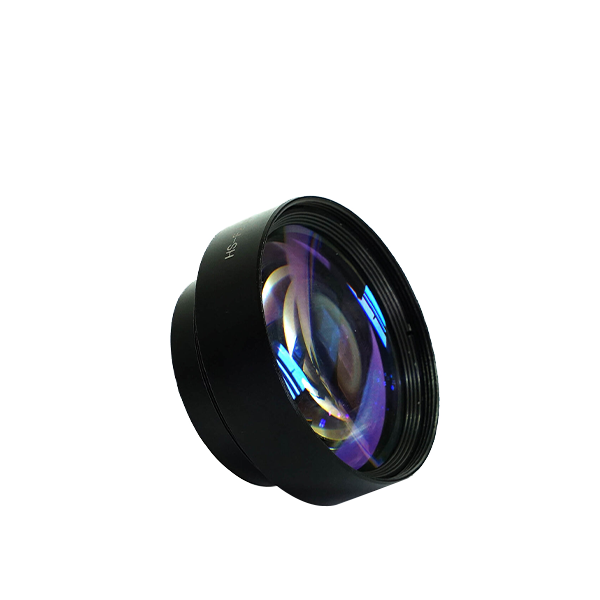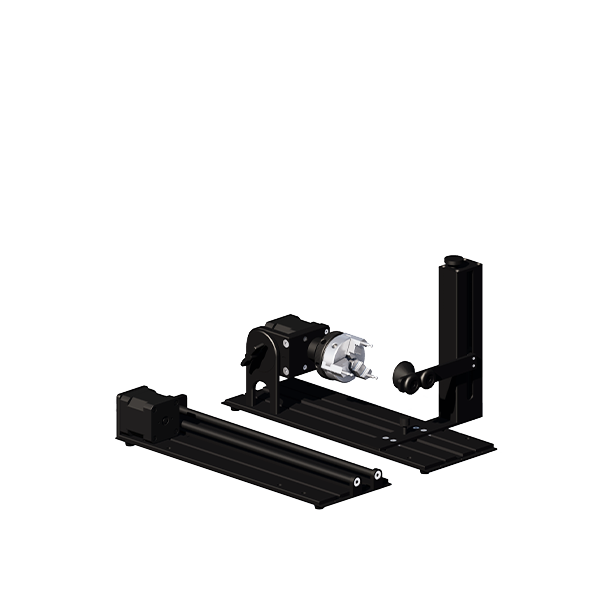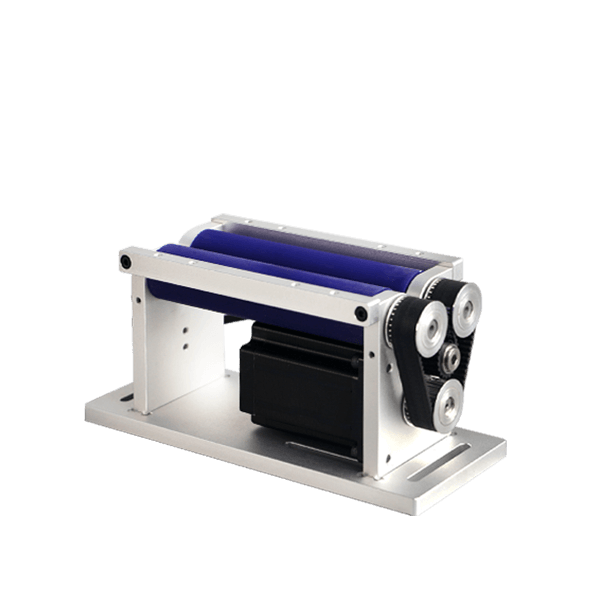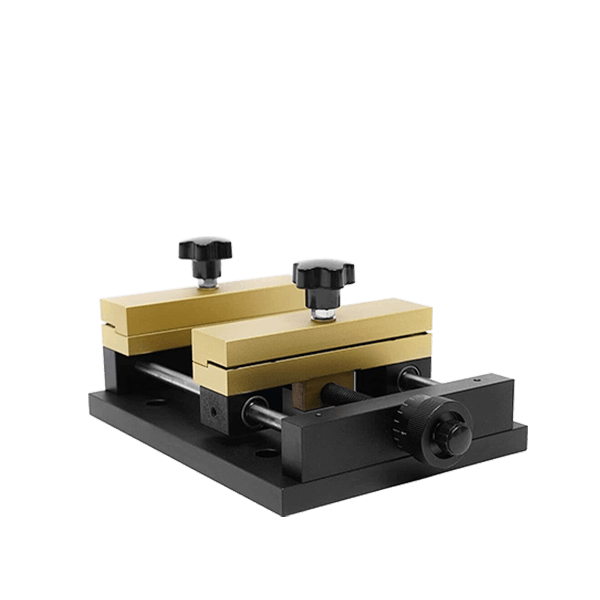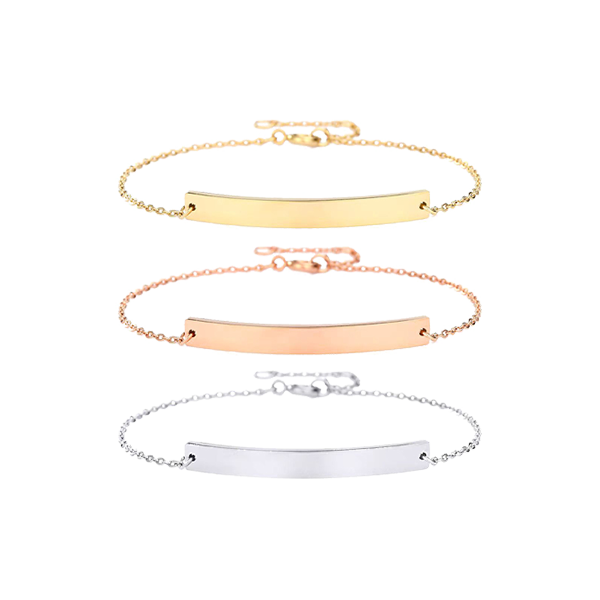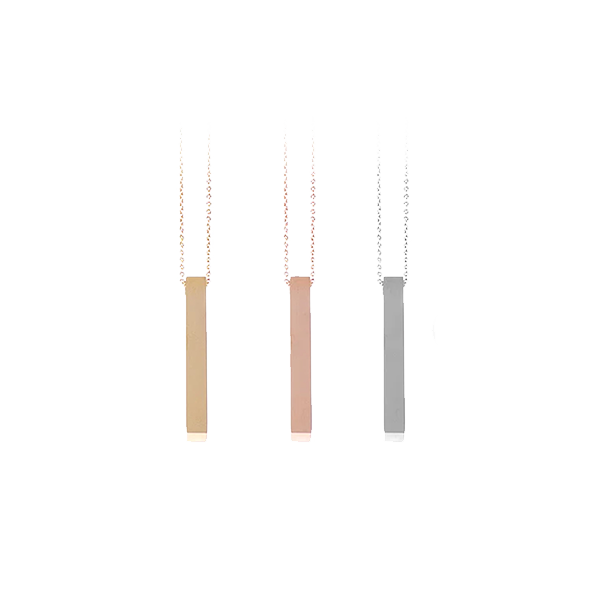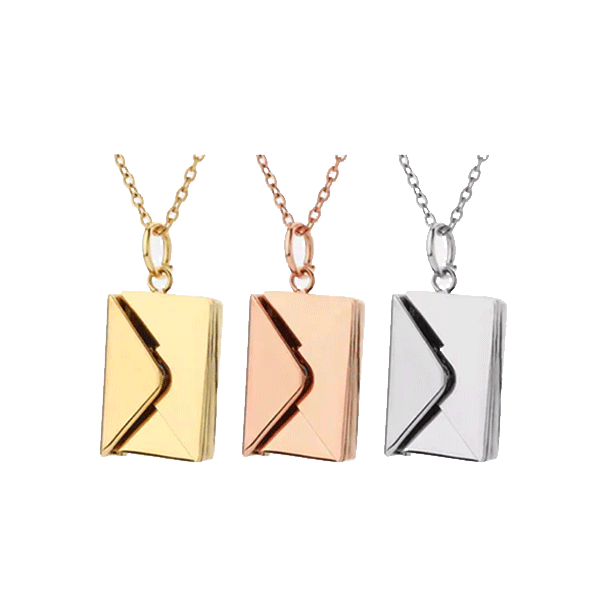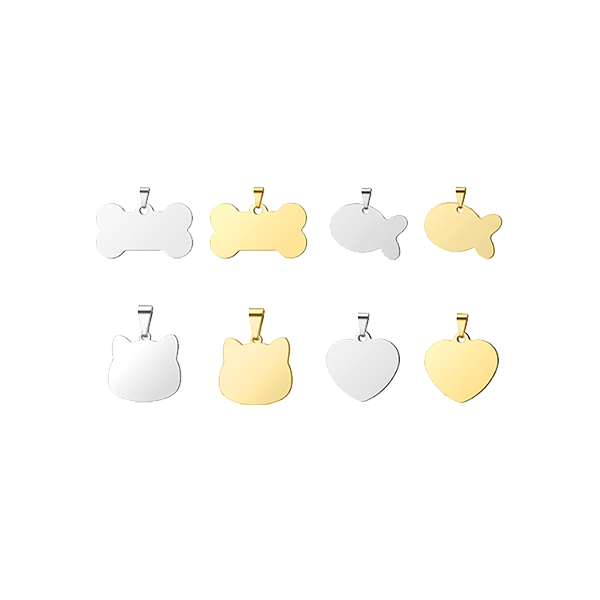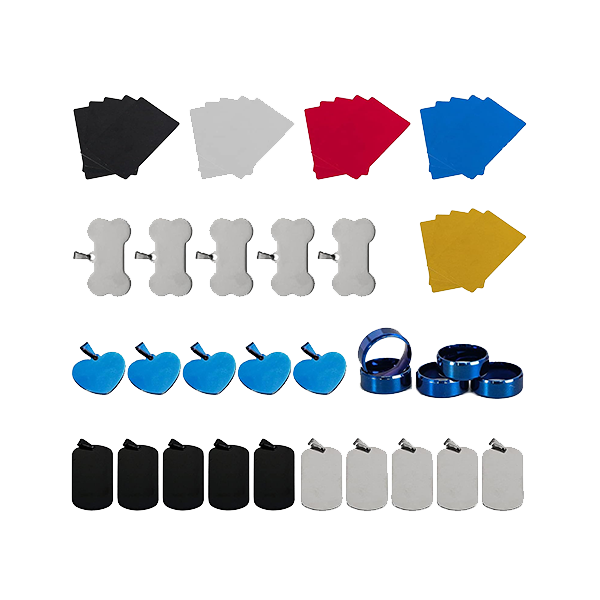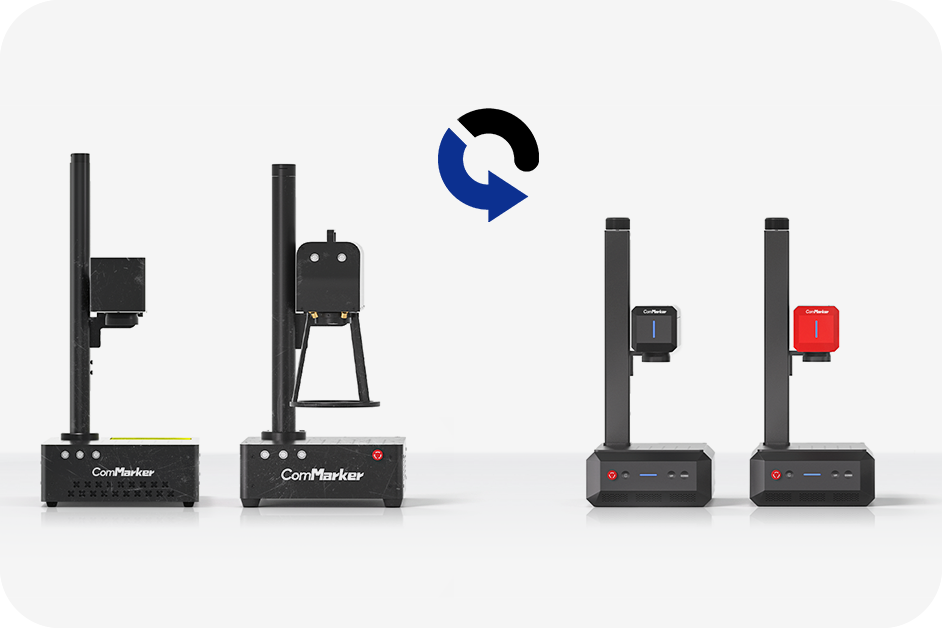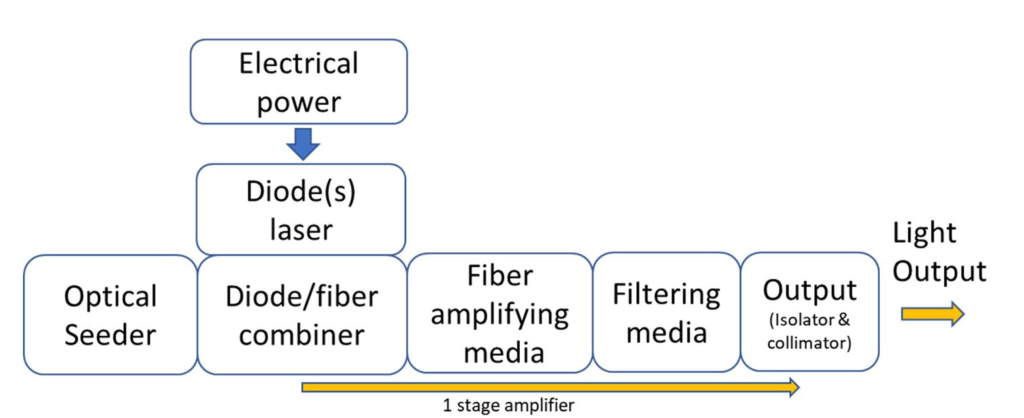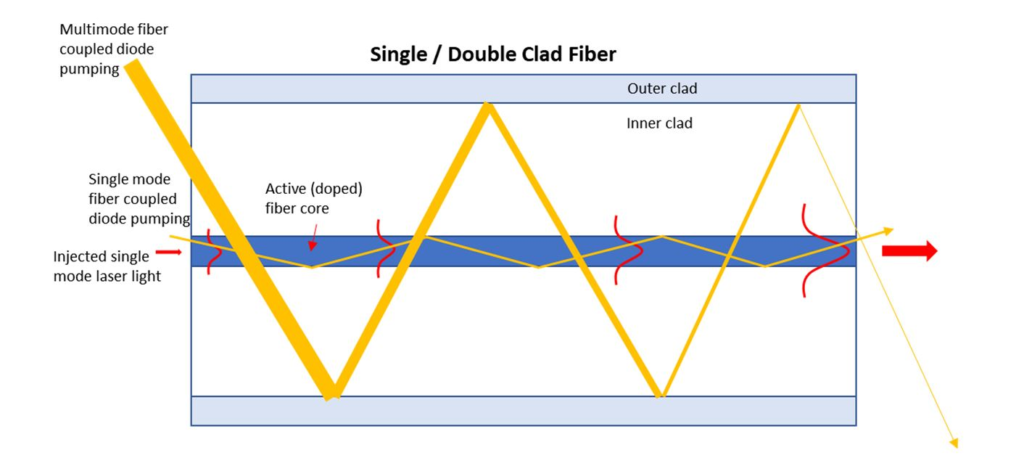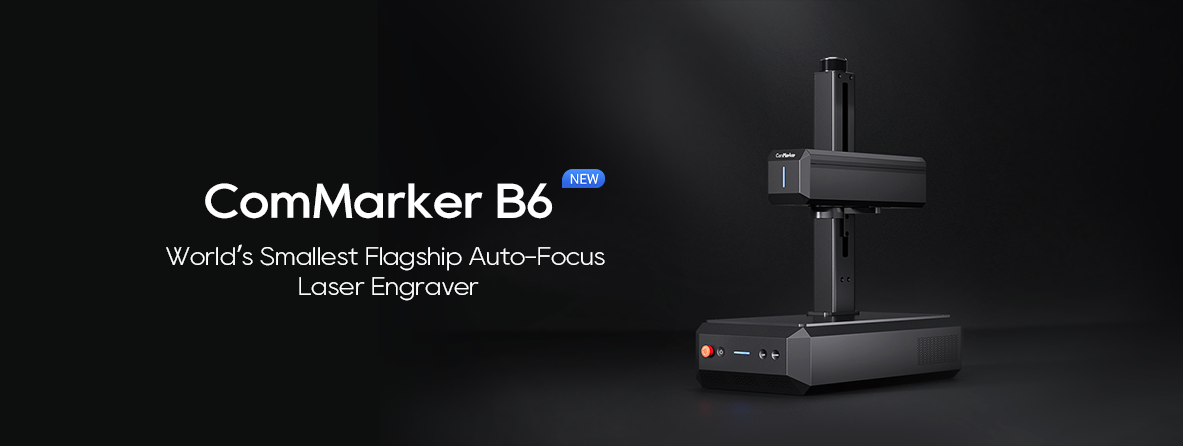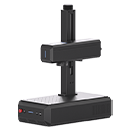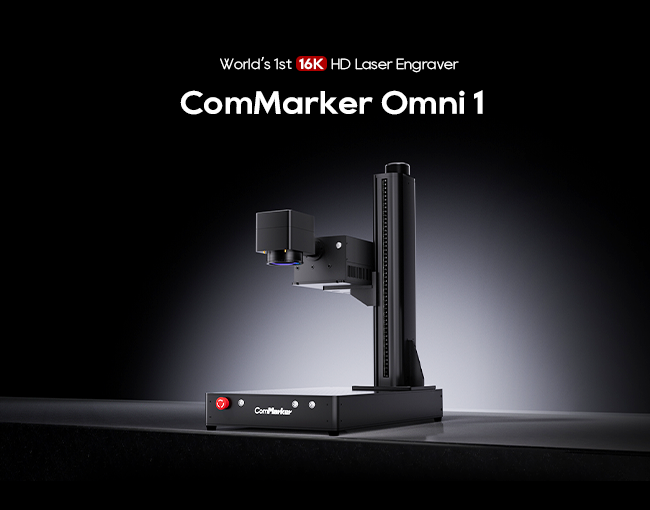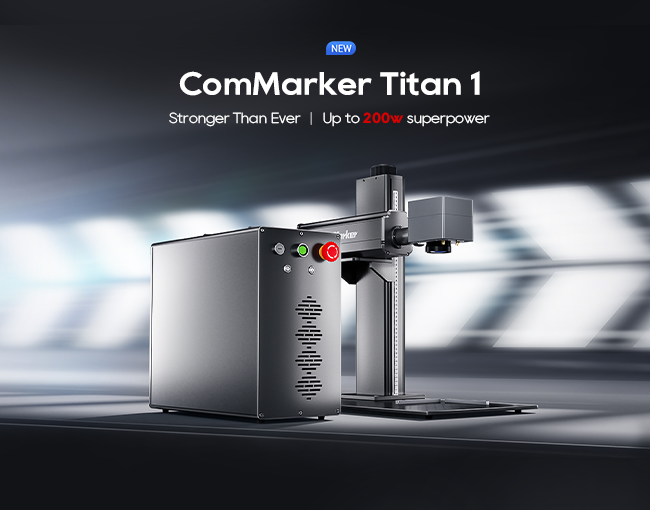ファイバーレーザーとは?
ファイバーレーザー are a groundbreaking technology using optical fibers doped with rare-earth elements as the amplifying medium. These lasers are versatile, offering high precision, 効率, and adaptability across various industries.
Principles of Fiber Lasers
Fiber lasers leverage the principle of 誘導放出, where photons stimulate electrons in doped fiber cores, resulting in coherent light amplification. Key configurations include:
Laser Cavity Configuration
Light travels bidirectionally through the amplifying medium within a laser cavity.
MOPA (マスターオシレーター パワーアンプ)
A seed laser generates a small signal amplified through fiber for higher power output.
Key Components of Fiber Lasers
Fiber Amplification
- Passive Fiber: Provides a light transmission path.
- Active Fiber: Doped with rare-earth elements like ytterbium, erbium, or thulium for optical gain.
Rare-Earth Doping
- Ytterbium (Yb³⁺): Emits between 1030-1100 nm.
- Erbium (Er³⁺): Emits around 1.5 μm.
Types of Fiber Lasers
Single-Clad Fiber
- Ideal for low-power applications (<1W).
- Paired with single-mode semiconductor laser diodes.
Double-Clad Fiber
- Suitable for higher power levels, used in industrial-grade applications.
Key Applications of Fiber Lasers
Fiber lasers have revolutionized several industries:
1. Manufacturing and Cutting
Fiber lasers excel in precise cutting and welding of metals and polymers, offering unmatched accuracy.
2. Medical Field
Used in surgical procedures and medical device manufacturing due to their precision.
3. Telecommunications
Essential in high-speed data transmission and optical fiber networks.
4. Aerospace and Automotive
Ideal for material processing and engraving in high-stress environments.
Advantages of Fiber Lasers
- 高効率: Minimal power loss with energy conversion rates up to 70%.
- コンパクトなデザイン: Optical fibers enable integration into smaller systems.
- 耐久性: Resistant to external vibrations and environmental changes.
FAQs on Fiber Lasers
1. How Do Fiber Lasers Compare to CO2 Lasers?
Fiber lasers offer better precision and efficiency, especially for metal processing.
2. Are Fiber Lasers Expensive?
While initial costs are higher, their low maintenance and operational efficiency offset the investment.
3. What Materials Can Fiber Lasers Process?
Fiber lasers are versatile, handling metals, プラスチック, ガラス, もっと.
Fiber lasers represent the future of high-precision applications, combining efficiency, 信頼性, and scalability. Whether in telecommunications or manufacturing, these lasers offer unparalleled benefits, making them a vital tool across industries.
For more insights and detailed guides on fiber lasers, explore our resources.




